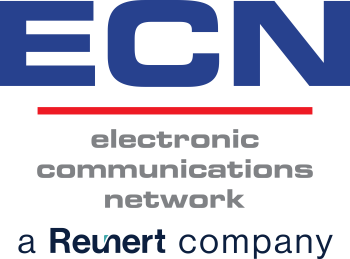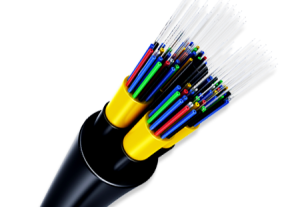You’ve seen the construction work as fibre optics are laid across the countryside, you’ve heard phrases like ‘lightning speed connectivity’, ‘reliability’ and ‘game changing’ but you don’t actually have a full understanding about what fibre optics means. The best way to explain the impact of fibre optics is to compare it with what most people are already fairly familiar with – ADSL lines. Here are the differences between the two internet connections.
ADSL versus Fibre
1. ADSL (Asymmetric Digital Subscriber Line)
ADSL uses telephone lines to transmit data along copper cables from the nearest telephone exchange available. Although ADSL uses the same telephone lines, it uses a different frequency which allows the user to speak on the telephone while using the internet.
Advantages
• Currently the biggest advantage of ADSL is the fact that it is available in most areas – because it’s been around a lot longer.
• It has fairly competitive pricing options, within South Africa, because it is more established.
Disadvantages
• The further the user is from the telephone exchange, the slower the internet.
• Copper cables are affected by bottlenecks when there is too much internet traffic, slowing down the internet speed considerably.
• ADSL only reaches a maximum speed of around 40Mbps but, because of degradation and location, your speed could be half that.
• ADSL is susceptible to electrical interference and requires lots of maintenance, making it unreliable.
• You have to have a landline to use ADSL.
• There is a big black market for copper which means users are often left with interrupted connectivity when cables are stolen.
2. Fibre Optic
Fibre optics actually harness the speed of light by transferring data through glass cabling. These fibre optic cables are currently being laid countrywide, with users able to opt for the fibre to the node (FTTN) option – where there is a fibre optic connection to the area but the connection to the building is not necessarily fibre optic. Or there is the fibre to the premises (FTTP) connection which is fibre optic cabling directly to the home or business.
Advantages
• The speed of fibre optic internet is beyond comprehension for ADSL users. Some internet service providers are offering speeds of 1000Mbps which means downloading a gigabyte in 10 seconds.
• The transference of data isn’t affected by the user’s distance from the exchange.
• Fibre optic cabling can handle much higher traffic volumes without affecting internet speed.
• Fibre optic is made of glass which doesn’t conduct electricity, therefore, electrical storms won’t cause interference with the lines.
• Fibre optic cabling is similar in price to copper, but easier to maintain.
• There is no need for a landline with fibre optics.
• There is no street value for fibre optic cables which means they aren’t a target for thieves.
Disadvantages
• Because fibre optics are relatively new in South Africa, connectivity is currently limited to major cities.
• It is still quite an expensive option, although this should decrease as availability increases.
Read more: Choosing the right business fibre
While ADSL is still fairly dominant in the realm of internet supply, just like with dial-up connections, it will eventually become a thing of the past, being overtaken by the much more reliable, speedier fibre optics option.
ECN is a leading telecommunications and business fibre partner in South Africa. ECN offers a broad set of cost effective voice, data and hosted services to meet our customers ever growing technological needs. Our market leading Fibre for business provides our customers with the option of replacing their existing voice service provider to substantially reduce their monthly telecommunications bill. Contact ECN today for leading telecommunications solutions.

